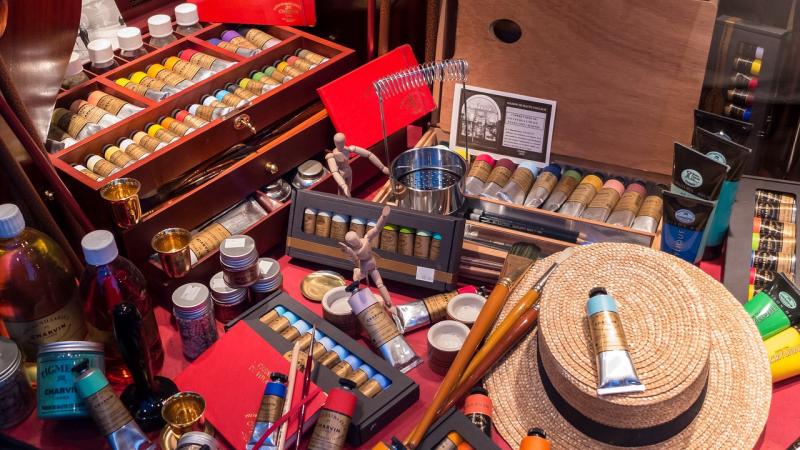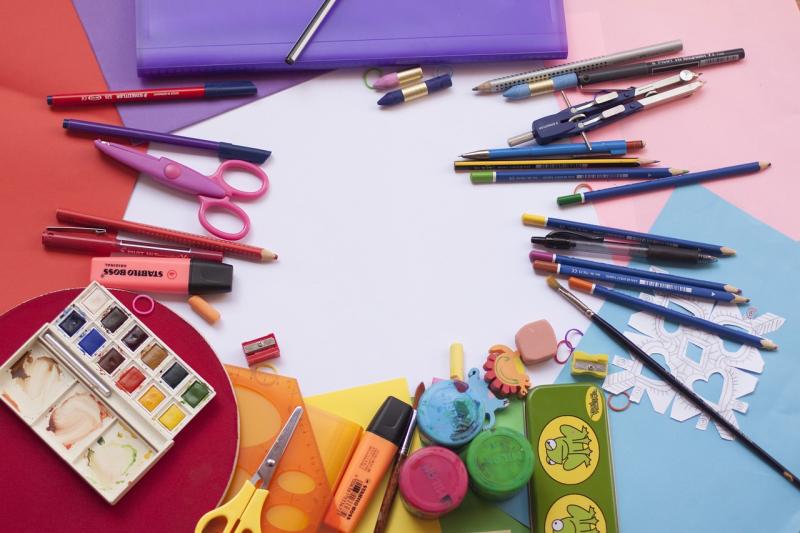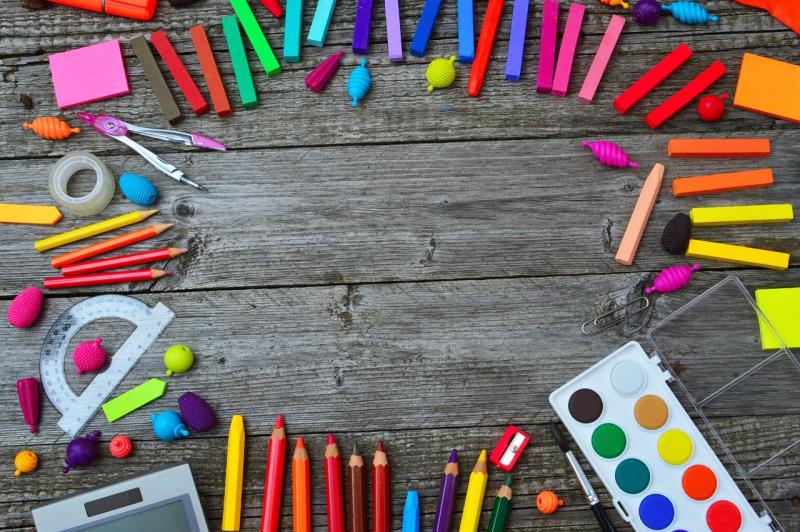When it comes to creating art, having the right supplies can make all the difference. Choosing the right materials not only enhances your artistic experience but also ensures that your masterpieces are crafted with care. Whether you're a seasoned artist or just starting out, understanding what to look for in art supplies can help you make informed decisions that suit your style and medium.
First, consider the medium you wish to work with. If you're drawn to watercolor, look for high-quality watercolor paints and brushes that can hold water well. Acrylic and oil painters should focus on heavier canvases and brushes that can withstand thicker paint. Each medium requires specific types of supplies that complement its unique properties, so be sure to explore your options and don’t shy away from premium materials if your budget allows.
Next, think about the brands you want to invest in. Some brands are known for their quality and reliability, while others may be more affordable and geared towards beginners. Don't hesitate to read reviews or seek recommendations from fellow artists. Testing out a few different brands can help you determine which products you feel the most comfortable using and which ones provide the best results for your work.
Lastly, don't forget about the practical side of art supplies. Make sure you have a good set of storage containers to keep your materials organized and in good condition. This can protect your supplies from damage and make it easier to find what you need when inspiration strikes. Investing in a few organizing tools, like grid boxes for smaller items or a dedicated art cart, can go a long way in maintaining your art supplies and making your creative space more inviting.
Daily Cleaning Tips for Artists
Keeping your art supplies in top condition is crucial to ensuring that your creative process goes smoothly. Here are some daily cleaning tips that every artist can easily incorporate into their routine. By taking just a few moments each day to care for your tools, you can extend their lifespan and preserve the quality of your art.
First and foremost, always clean your brushes after each use. Whether you're painting with acrylics, oils, or watercolors, rinsing your brushes thoroughly with the appropriate cleaner prevents paint from drying on the bristles. For water-based paints, a gentle rinse under warm water usually does the trick. For oil paints, use a solvent or brush cleaner. Gently reshape the bristles and lay the brushes flat to dry, as standing them up can cause water to seep into the ferrule, which can loosen the hairs.
For palettes and mixing surfaces, take a few moments to wipe them down with a damp cloth or paper towel after you're done. If you're using a disposable palette, simply throw it away. If your palette is reusable, a little soap and water will do wonders. For stubborn paint residue, a plastic scraper can help lift the dried paint without damaging the surface.
Don't forget about your markers, pens, and other drawing tools. Make it a habit to cap them after use to prevent them from drying out. If your markers do start to dry, you can often revive them by placing them in a jar of water (water-based) or lightly dipping the nib in a compatible solvent (for alcohol-based markers). Regularly check your supplies and replace any that are beyond saving.
Lastly, organize your workspace. A clean and tidy environment not only enhances your creativity but also makes cleaning your supplies easier. Create dedicated spots for each type of supply, and put things back in their place after use. This way, routine cleaning becomes part of your artistic process, resulting in a more enjoyable and efficient experience.
Deep Cleaning Techniques for Brushes
Deep cleaning your brushes is essential to maintain their performance and lifespan. Over time, paints, mediums, and water can build up on the bristles, leading to a loss of shape and stiffness. By following some effective deep cleaning techniques, you can ensure your brushes stay in pristine condition, ready for your next masterpiece.
One simple method involves soaking your brushes in a cleaning solution. For water-based paints, a mixture of warm water and mild soap works wonders. For oil paints, however, you'll want to use a solvent like mineral spirits or turpentine. Fill a container with the appropriate solution and let your brushes soak for about 10-15 minutes. This will help break down any stubborn paint residues. After soaking, gently reshape the bristles with your fingers to remove excess paint.
Another technique is to use a brush cleaner specifically designed for deep cleaning art supplies. These cleaners often come in various forms, such as soaps or gels, and are formulated to break down paint without damaging the bristles. Simply follow the manufacturer's instructions—generally, you’ll apply the cleaner to the bristles, gently lather, and rinse until the water runs clear.
Finally, consider using a brush cleaning tool, like a lint-free cloth or a brush comb. After you've cleaned your brush, gently wipe it on a cloth to remove any remaining particles. A brush comb can help detangle and ensure the bristles dry in their original shape. Taking a little extra time to use these techniques will keep your brushes in top shape for all your artistic endeavors.
Storing Supplies for Longevity
Storing your art supplies properly is essential for ensuring their longevity and maintaining their quality. Just like any valuable tool, art materials require care and attention. Begin by assessing your supplies and categorizing them according to type. This can include paints, brushes, paper, and other mediums. By sorting your materials, you not only create an organized workspace but also make it easier to access what you need when inspiration strikes.
For liquids like paints and inks, it’s crucial to keep them tightly sealed to prevent drying out. Use airtight containers or ensure that the lids are properly closed. Store them upright to avoid leaks, and place them in a cool, dry place away from direct sunlight, which can alter their composition. Similarly, pastels and charcoal should be stored in a dedicated box or holder to prevent breakage. Keeping them in a padded case can protect these materials, allowing them to last longer.
Brushes also require special attention. Rinse them thoroughly after each use to remove any residue. Once clean, store them upright in a jar or a dedicated brush holder to keep the bristles safe from bending or damage. Avoid laying them flat or mixing them with other supplies, as this can cause deformities. If you have expensive brushes, consider investing in a protective roll or case specifically designed for brush storage.
Lastly, be mindful of your paper and canvases. Store them flat in a dry location, away from humidity and moisture, which can warp them over time. Consider using archival boxes or plastic sleeves for added protection. For sketchbooks and loose papers, a filing system can be very helpful. Label each category so that you can quickly find what you’re looking for, thus preserving both the integrity and the accessibility of your materials.



